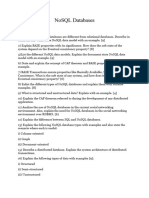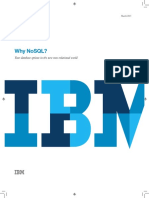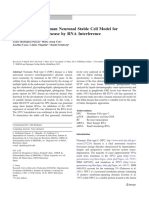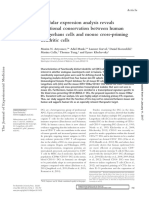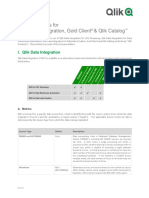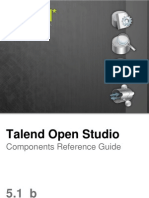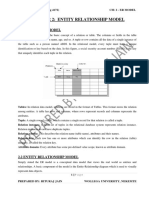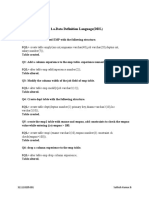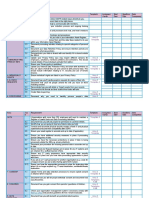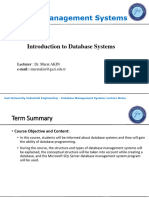0% found this document useful (0 votes)
64 views15 pagesNoSQL: A Guide for IT Students
The document provides an overview of NoSQL databases, including what NoSQL is, the different data models (key-value, column-based, document-oriented, graph-based), a brief history of NoSQL databases, the BASE consistency model, when and why to use NoSQL databases, features of NoSQL databases, new technical issues addressed by NoSQL, scaling in NoSQL databases, and differences between SQL and NoSQL databases.
Uploaded by
ShawnCopyright
© © All Rights Reserved
We take content rights seriously. If you suspect this is your content, claim it here.
Available Formats
Download as DOCX, PDF, TXT or read online on Scribd
0% found this document useful (0 votes)
64 views15 pagesNoSQL: A Guide for IT Students
The document provides an overview of NoSQL databases, including what NoSQL is, the different data models (key-value, column-based, document-oriented, graph-based), a brief history of NoSQL databases, the BASE consistency model, when and why to use NoSQL databases, features of NoSQL databases, new technical issues addressed by NoSQL, scaling in NoSQL databases, and differences between SQL and NoSQL databases.
Uploaded by
ShawnCopyright
© © All Rights Reserved
We take content rights seriously. If you suspect this is your content, claim it here.
Available Formats
Download as DOCX, PDF, TXT or read online on Scribd
/ 15





































